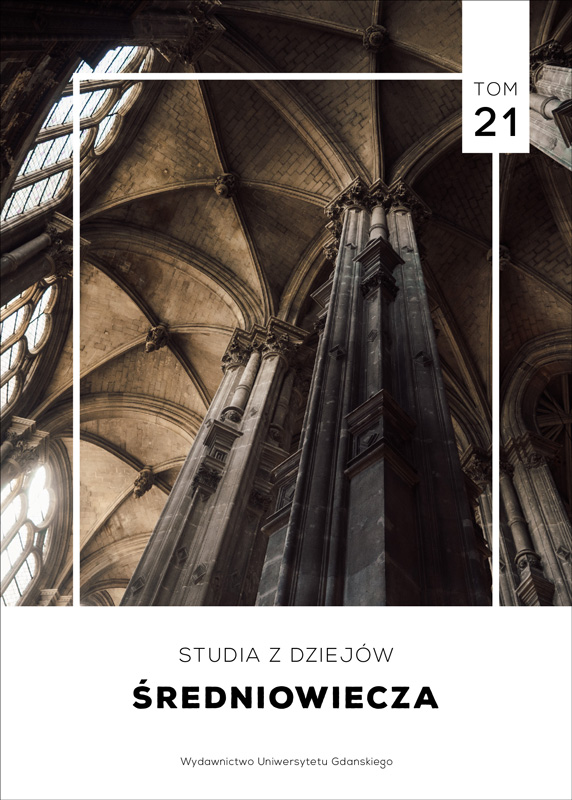Anthelios. Autorzy bizantyjscy o posągu Konstantyna Wielkiego wieńczącym porfirową kolumnę w Konstantynopolu
Anthelios. Byzantine authors on the statue of Constantine the Great placed on top of a porphyry column in Constantinople
Author(s): Ireneusz MilewskiSubject(s): Social history, Middle Ages
Published by: Wydawnictwo Uniwersytetu Jagiellońskiego
Keywords: emperor Constantine the Great;, Sol Invictus; Christianity; Constantinople; Byzantine narrative sources
Summary/Abstract: The above paper discusses the reports of Byzantine authors concerning the statue of Constantine the Great, which since 330 to 1106 has crowned the column standing in the middle of the Forum Constantini in Constantinople, in the centre of the new city. It portrayed the emperor as ancient God Helios, and not as it could be expected,an archichristian ruler (imperator christianissimus). The Byzantine authors mentioning the fact of its existence also had a problem with assessing who the statue portrayed. One of them thought that the statue portrayed Emperor Constantine, the others, however, thought that it was pagan God Helios. The duality of assesing the monument resulted from the fact that the memory of Constantine as an emperor who syncretically comprehended christianity faded away. The author has analysed the reports of Byzantine authors concerning the statue, and the final findings have been also supported by the results of the numismatic research. The research confirms that despite his sincere faith in the might of Christian God, the emperor Constantine remained a Sol invictus (formely known as Apollo or Helios) worshipper regarding himsels (since 310) as his human incarnation. This is why, the statue portrays the emperor as young Sun God with a crown on his head, holding the attributes of imperial power: a spear and globe.
Journal: Studia z Dziejów Średniowiecza
- Issue Year: 2017
- Issue No: 21
- Page Range: 127-149
- Page Count: 23
- Language: Polish

